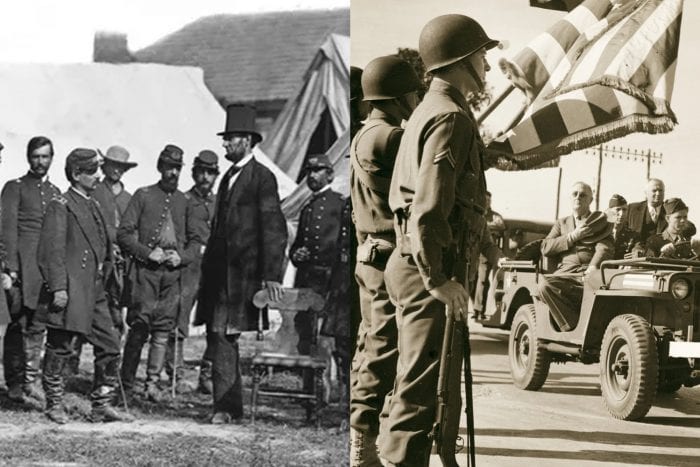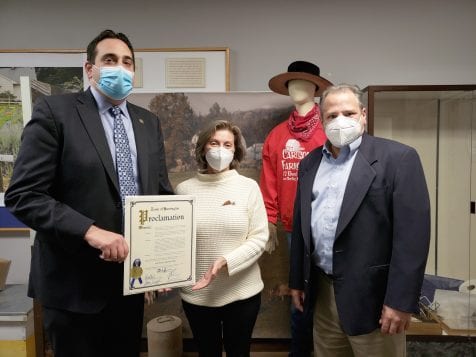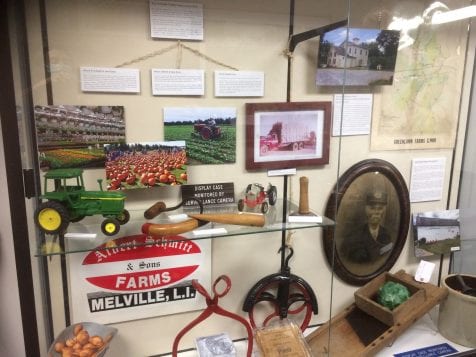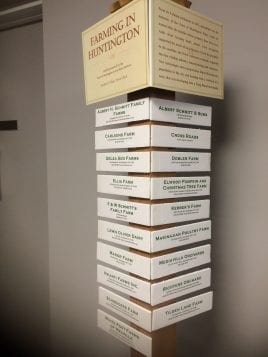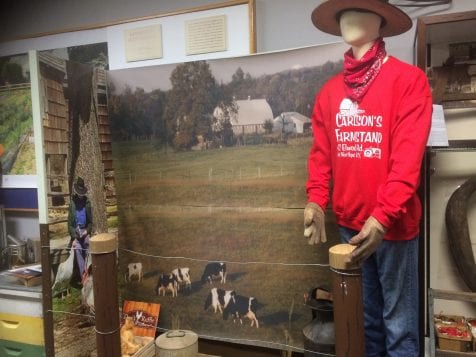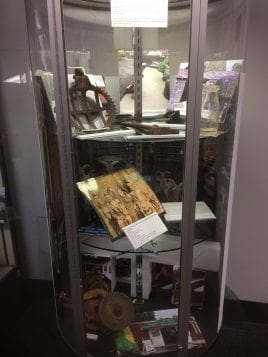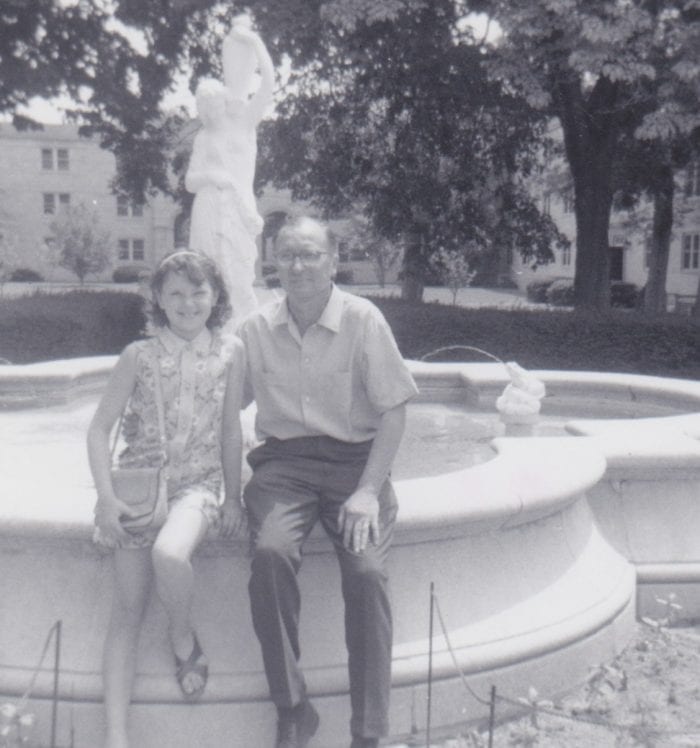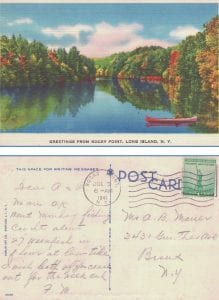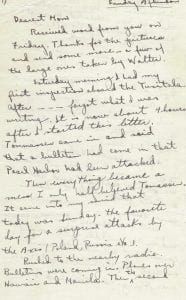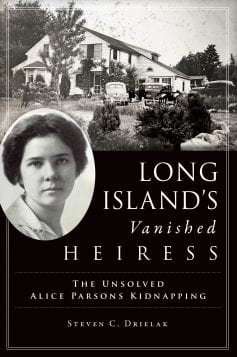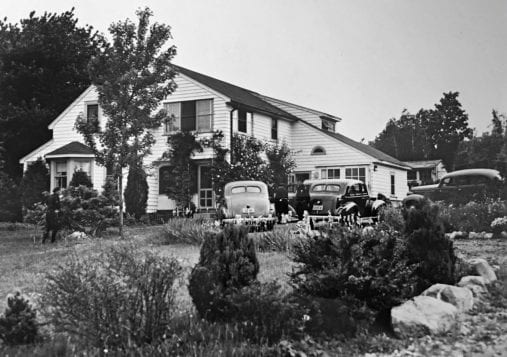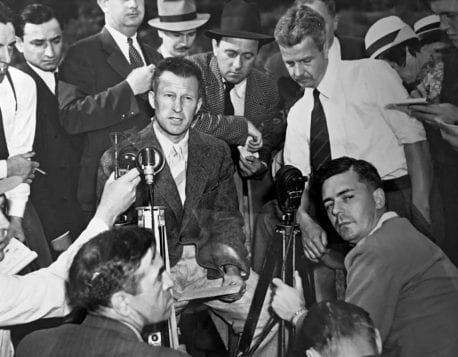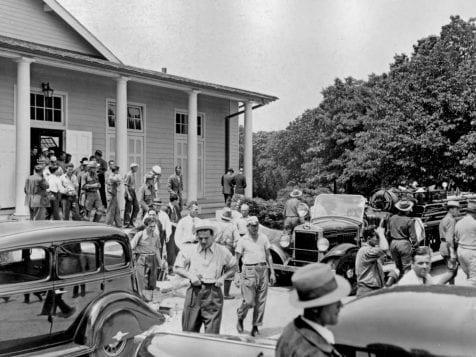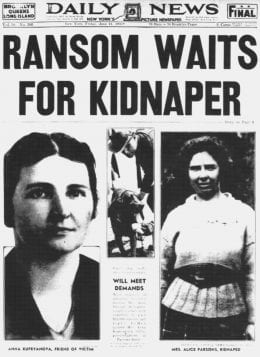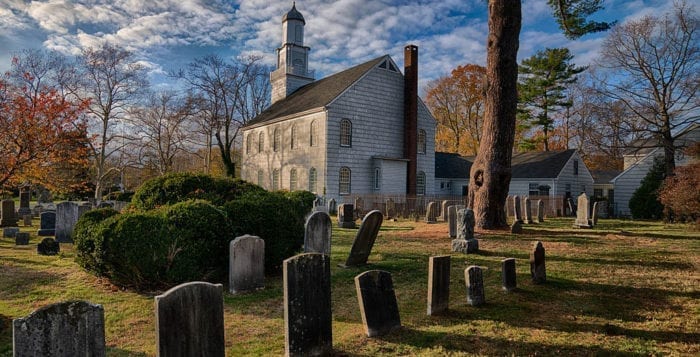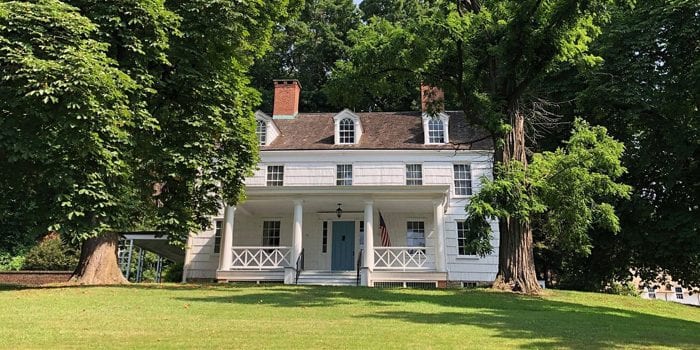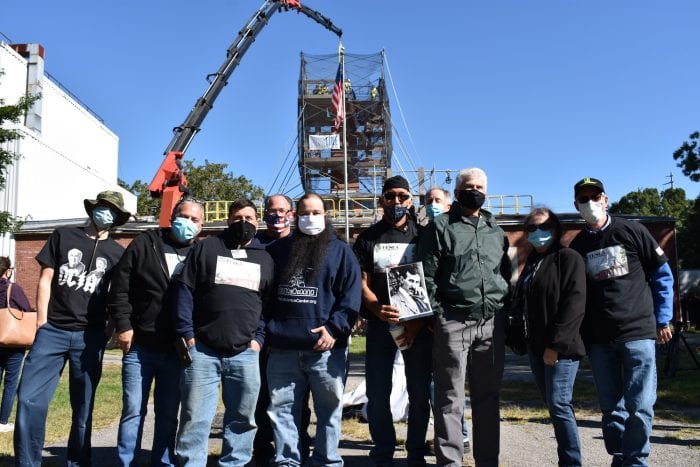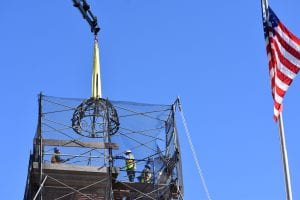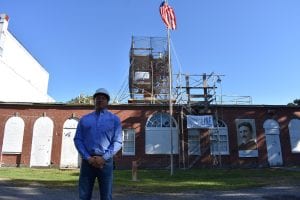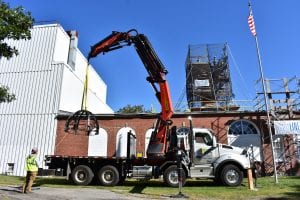By Beverly C. Tyler
Celebrating Thanksgiving Day as the end of the season of harvest was and still is an important milestone in people’s lives. Diaries, journals and letters provide some of the earliest records of seasonal activity and how people connected with each other to mark occasions. In America, before the telephone became a standard household item, family members and friends stayed in touch through the U.S. Postal Service.
In 1873, a new phenomenon began when the United States Postal Service issued the first penny postcards. During the first six months, they sold 60 million. The post office department stated: “The object of the postal card is to facilitate letter correspondence and provide for the transmission through the mails, at a reduced rate of postage, of short communication, either printed or written in pencil or ink.”
With the postcard, brevity was essential due to the small space provided. Long descriptive phrases and lengthy expressions of affection, which then were commonly used in letter-writing, gave way to short greetings.
Soon after the first government postal cards were issued, American greeting card manufacturers began to print Christmas, Easter and other greetings on the back of the cards. By the 1890s, picture postcards were widely sold in many European countries, but in the United States, privately printed cards cost 2 cents to mail.
On May 19, 1898, an act of Congress was passed in the U.S. allowing privately published postcards the same message privileges and rates (1 cent) as the government-issued cards. These were to be inscribed, “Private mailing card – Authorized by Act of Congress May 19, 1898.”
Then in December 1901, new regulations were issued saying that private cards would have the word “Post Card” at the top of the address side and government-issued cards would say “Postal Cards.”
Before the telephone, the postcard was an easy and pleasant way to send a message. A postcard sent from one town in the morning usually would arrive in a nearby town that afternoon. A postcard sent from another state would not take much longer. Edward Griffin took the steamer “Priscilla” from New York to Boston, arriving at 8 a.m. on Aug. 27, 1902. He wrote a brief note on a postcard when he arrived, addressed it to his mother in Brooklyn, and dropped it in the mail. The postcard said: “Arrived ok this morning at 8 o’clock – Eddie.” The postcard was postmarked in Boston at 11:30 am and postmarked again in Brooklyn at 8:30 pm the same day.
In October of 1907, the United States, following the lead of other countries, changed the rules and began allowing messages to be written on half of the side reserved for the address. This left the whole of the other side for pictures or photographs. Postcards then became a major collecting craze, and for many, a profitable business. They were produced in such quantities that they were often given away with copies of popular magazines.
The feasting aspect of Thanksgiving has continued to be an essential part of the holiday and many of the postcards that were sent reflected that theme. In addition, the postcard helped to tie the family members together with those who were absent during the holiday.
As the telephone became more widely used, the postcard became less and less important as a means of daily communications. However, it provided us with a view of the early years of the twentieth century that became a permanent record of contacts between family members and friends.
Beverly C. Tyler is the Three Village Historical Society historian and author of books available from the society at 93 North Country Road, Setauket. For more information, call 631-751-3730 or visit www.tvhs.org.
All images from Beverly C. Tyler’s postcard collection

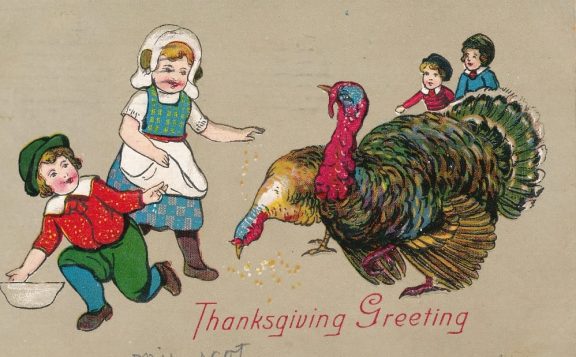

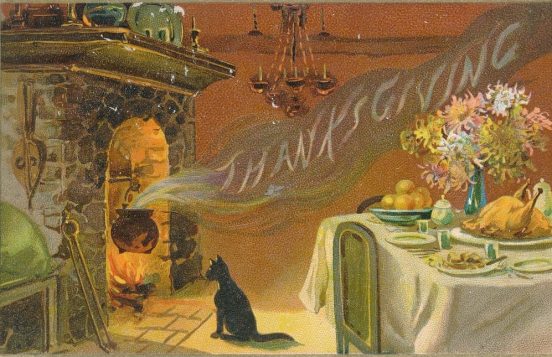

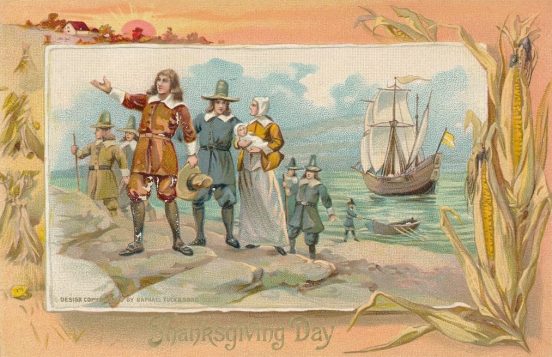
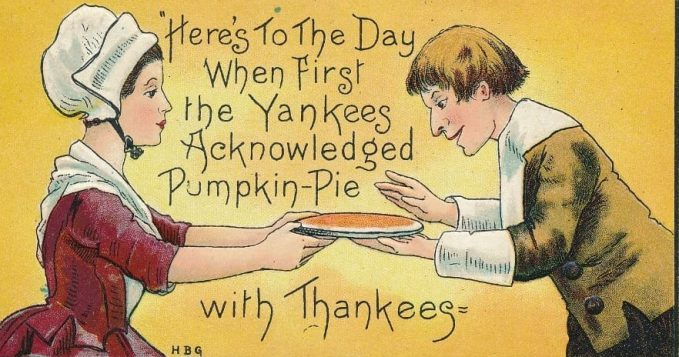
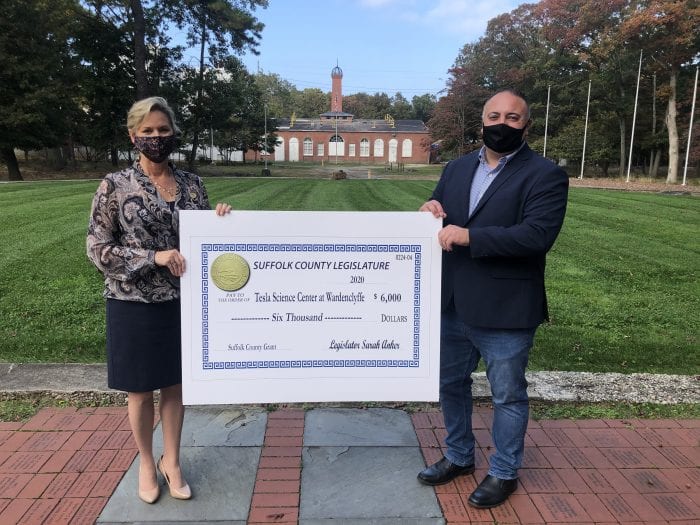
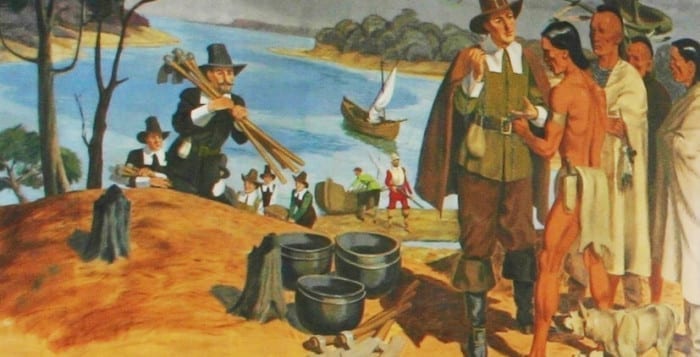
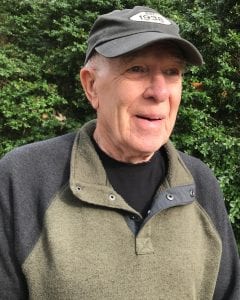
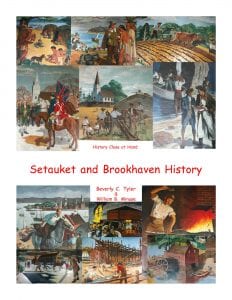 The murals, along with archaeological studies, have helped piece together the evolution of the changing lives on Long Island. Tyler presents how and when the facts were discovered. The murals progress through time, highlighting farming and millwork, the blacksmith and the shipwright. There is the cutting of ice and the mercantile and the purchase of land. The last is appropriately followed by an explanation that the Setalcotts did not share the same view of land ownership proffered by the English settlers.
The murals, along with archaeological studies, have helped piece together the evolution of the changing lives on Long Island. Tyler presents how and when the facts were discovered. The murals progress through time, highlighting farming and millwork, the blacksmith and the shipwright. There is the cutting of ice and the mercantile and the purchase of land. The last is appropriately followed by an explanation that the Setalcotts did not share the same view of land ownership proffered by the English settlers.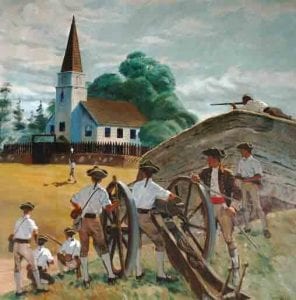 Tyler uses both primary and secondary sources to enrich his telling of the story, shedding light on the challenges and sacrifices, the humanity and the intrigue. It is appropriately thorough but equally succinct.
Tyler uses both primary and secondary sources to enrich his telling of the story, shedding light on the challenges and sacrifices, the humanity and the intrigue. It is appropriately thorough but equally succinct.